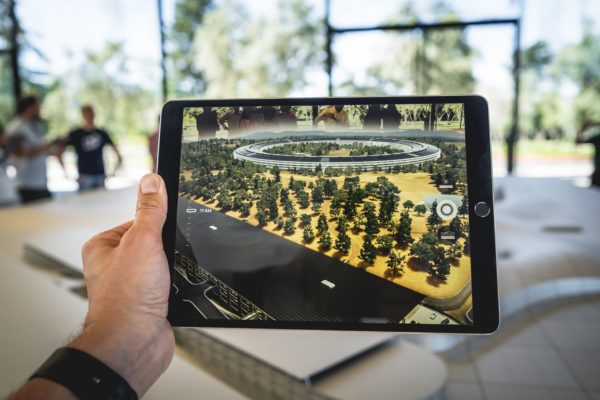An innovative drone developed by Deakin University researchers and industry partner Raedyne Systems is attracting interest from multiple industries.
When Victorian company Raedyne Systems approached researchers at Deakin University’s School of Engineering with an idea to develop a drone to monitor infrastructure such as high voltage power lines, it was a match made in UAV (unmanned aerial vehicle) heaven.
Incorporating Raedyne’s light detection and ranging (LIDAR) tethering system, the Deakin team, led by Dr Sui Yang Khoo, Dr Michael Norton and Professor Abbas Kouzani, developed a proof of concept “multicopter” with a unique laser-tethering (gimballing) system.
Over the past 20 years, Raedyne has successfully developed mechatronics, underground robotic mining automation, aerial inspection systems, secure communications and LIDAR systems. Commonly used in aircraft and helicopters, LIDAR is a remote sensing system that uses laser to measure distances and map land.
[testimonial_text]With Raedyne’s LIDAR tethering system in mind, we worked on a solution that would allow us to mount sensitive equipment on a steady, robust platform that could be kept level at all times [/testimonial_text]
[testimonial_picture name=”Dr Michael Norton” details=”Lecturer, School of Engineering”]
 [/testimonial_picture]
[/testimonial_picture]“Our gimballing system, which is currently under a patent application, enables the platform to stay level, while at the same time giving the drone exceptional manoeuvrability. It provides 100 per cent movement and full control anywhere within the sphere of 360 degrees.”
“Current UAVs need to be angled in the direction you want them to go. With sophisticated maths, we have enabled the deck to stay level by moving each motor in the direction the drone needs to go.”
Dr Khoo said the drone could be used in many industries, including sports and entertainment, security and crowd control. It also has potential for rescue operations in confined areas.
“A thrust vectoring feature allows the drone to enter small openings, like a tunnel or narrow vertical opening,” he said. “At the moment we’re not aware of any other product that can perform in the same way.”
The proof of concept design features a high res 4k camera with a fish-eye lens that provides a full picture of infrastructure being inspected and identify any damage, and the surrounding environment.
The drone can operate in autonomous or semi-autonomous modes and has a higher ability to avoid collisions with the infrastructure itself, compared to current models. While it is currently at the proof of concept stage, moving into full scale manufacturing will be a relatively straightforward process.
“The current gimballing system was produced in the 3D printing lab at Deakin’s Centre for Advanced Design in Engineering Training (CADET) and its components are designed for mass manufacturing,” Dr Norton said. “The body is an off-the-shelf carbon fibre frame and the on-board system is also off-the-shelf and remodelled for our requirements. We could go from proof of concept to manufacturing in a very short step.”






